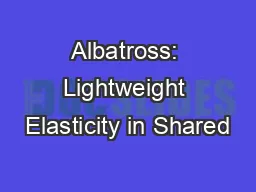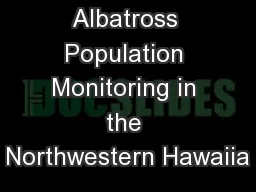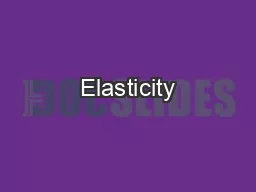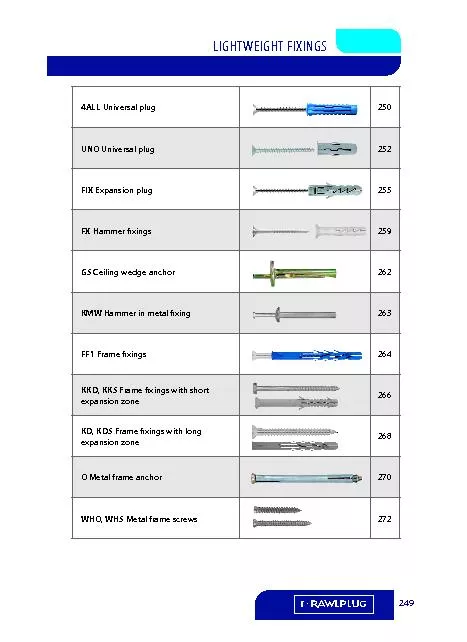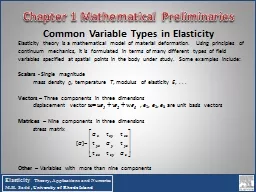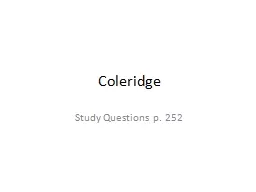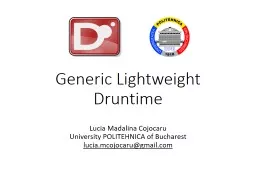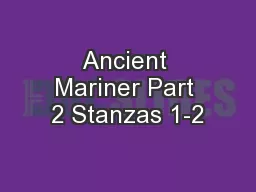PPT-Albatross: Lightweight Elasticity in Shared
Author : phoebe-click | Published Date : 2019-11-22
Albatross Lightweight Elasticity in Shared Storage Databases for the Cloud using Live Data Migration Sudipto Das 1 Shoji Nishimura 2 Divyakant Agrawal 1 and Amr
Presentation Embed Code
Download Presentation
Download Presentation The PPT/PDF document "Albatross: Lightweight Elasticity in Sha..." is the property of its rightful owner. Permission is granted to download and print the materials on this website for personal, non-commercial use only, and to display it on your personal computer provided you do not modify the materials and that you retain all copyright notices contained in the materials. By downloading content from our website, you accept the terms of this agreement.
Albatross: Lightweight Elasticity in Shared: Transcript
Download Rules Of Document
"Albatross: Lightweight Elasticity in Shared"The content belongs to its owner. You may download and print it for personal use, without modification, and keep all copyright notices. By downloading, you agree to these terms.
Related Documents

